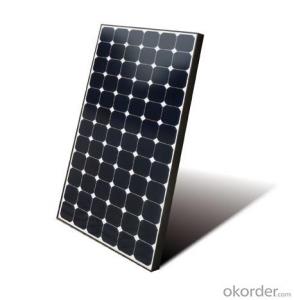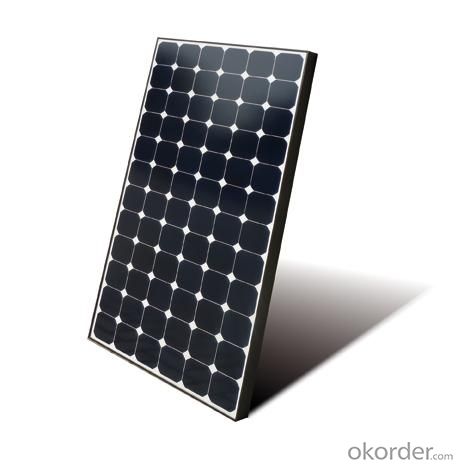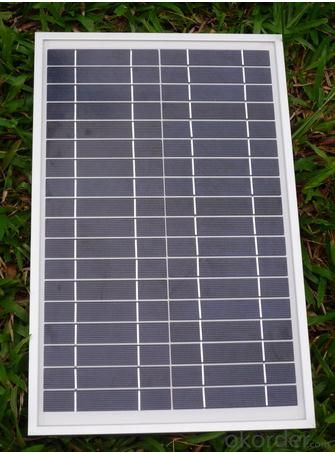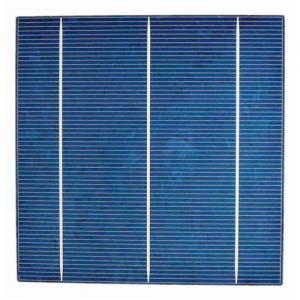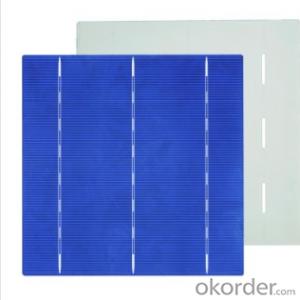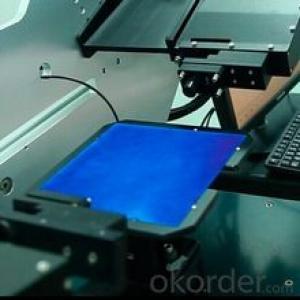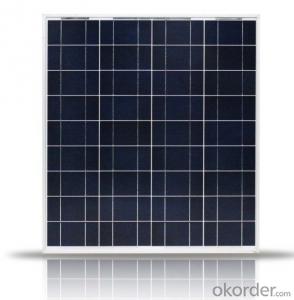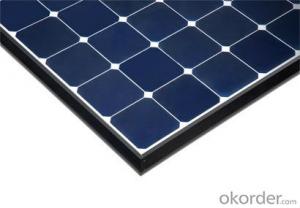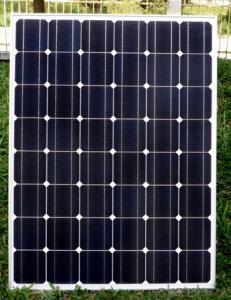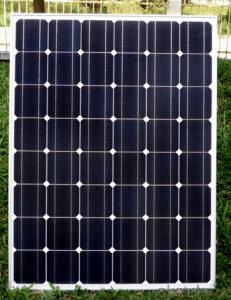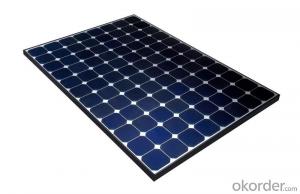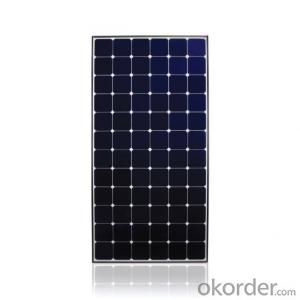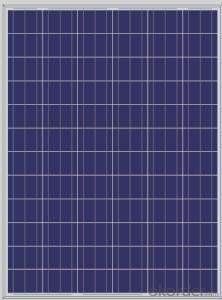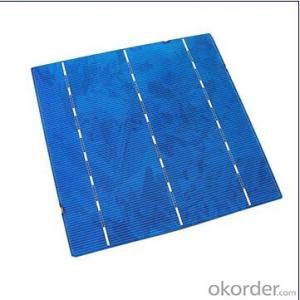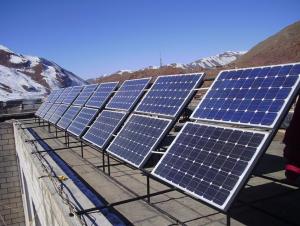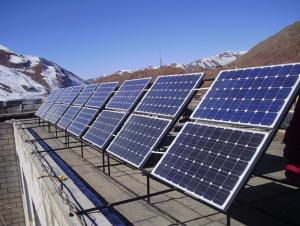A-Grade Poly Solar Panel 20W with 12 Years Warranty - Solar Materials and Solar Cells
- Loading Port:
- Shanghai
- Payment Terms:
- TT OR LC
- Min Order Qty:
- 100 watt
- Supply Capability:
- 1000 watt/month
OKorder Service Pledge
OKorder Financial Service
You Might Also Like
Specification
Poly Solar Panel 20W A Grade with 12 Years Warranty
Production description
Commercial concentrated solar power plants were first developed in the 1980s. The 392 MW Ivanpah installation is the largest concentrating solar power plant in the world, located in the Mojave Desert of California. The 579 MW Solar Star, nearRosamond, California, is the world's largest PV power station.Photovoltaics were initially solely used as a source of electricity for small and medium-sized applications, from the calculator powered by a single solar cell to remote homes powered by an off-grid rooftop PV system. As the cost of solar electricity has fallen, the number of grid-connected solar PV systems has grown into the millions and utility-scale solar power stations with hundreds of megawatts are being built. Solar PV is rapidly becoming an inexpensive, low-carbon technology to harness renewable energy from the Sun.
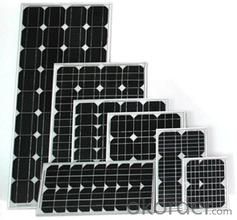
Application
Commercial
Industrial
Residential
Product Feature
12 years quality warranty 25 years performance output.
Free for less than 5 pcs sample requirement
Free to replace or repair or refund if products fail to conform to the PI requirement.
Packaging
28pcs into carton 2carton into pallets 28pallets into a 40ft container
Delivery
After 25 days for manufacturered goods as soon as we received full payment.
After 10 days for stock goods as soon as we received full payment.
- Q: Where can I buy the 156x156mm high efficiency poly solar cells assembly?
- 156x156mm high efficiency poly solar cells assembly is usually very easy to get, all you need to do is to post your need online, and the suppliers will come to you.
- Q: Can solar cells be used at night?
- No, solar cells cannot be used at night as they rely on sunlight to generate electricity.
- Q: What is the role of solar cells in powering traffic signals?
- Solar cells play a crucial role in powering traffic signals by converting sunlight into electricity, which is used to operate the lights. This renewable energy source eliminates the need for traditional power sources and reduces reliance on fossil fuels, making traffic signals more sustainable and environmentally friendly.
- Q: How do solar cells handle hail or other severe weather conditions?
- Solar cells are designed to withstand severe weather conditions including hail. They are made with durable materials such as tempered glass that can handle impact from hailstones. Additionally, solar panels are tested and rated for their ability to withstand extreme weather events, ensuring their resilience in harsh conditions.
- Q: Can solar cells be used to power electric fences?
- Yes, solar cells can be used to power electric fences. Solar cells convert sunlight into electricity, which can then be stored in batteries or used directly to power electric devices such as electric fences. This allows for a sustainable and reliable source of power, especially in remote areas where grid connection may not be feasible.
- Q: What is the cost of solar cells?
- The cost of solar cells varies depending on a variety of factors such as the type and size of the solar cell, installation costs, and government incentives. On average, the cost can range from $0.30 to $0.60 per watt for residential solar cells and can be higher for commercial or utility-scale installations. It's important to consider the long-term benefits and savings that solar cells provide, making them a cost-effective investment in renewable energy.
- Q: How are solar cells connected in a photovoltaic system?
- Solar cells are typically connected in a photovoltaic system in series or parallel configurations to create a larger, more efficient energy-generating unit.
- Q: Can solar cells be used in theme parks?
- Yes, solar cells can be used in theme parks. Solar cells can be installed in various areas of theme parks to generate renewable energy that can power attractions, lighting, and other facilities. By utilizing solar energy, theme parks can reduce their carbon footprint and promote sustainable practices.
- Q: Can solar cells be used in shopping malls?
- Yes, solar cells can be used in shopping malls. They can be installed on the rooftops or in parking areas to generate clean and renewable energy for the mall's operations. This can help reduce electricity costs and carbon footprint while promoting sustainability.
- Q: Can solar cells be used to power homes?
- Yes, solar cells can be used to power homes. Solar panels, made up of multiple solar cells, convert sunlight into electricity that can be used to power household appliances and lighting. This renewable energy source can provide a sustainable and cost-effective solution for residential power needs.
Send your message to us
A-Grade Poly Solar Panel 20W with 12 Years Warranty - Solar Materials and Solar Cells
- Loading Port:
- Shanghai
- Payment Terms:
- TT OR LC
- Min Order Qty:
- 100 watt
- Supply Capability:
- 1000 watt/month
OKorder Service Pledge
OKorder Financial Service
Similar products
Hot products
Hot Searches
Related keywords
